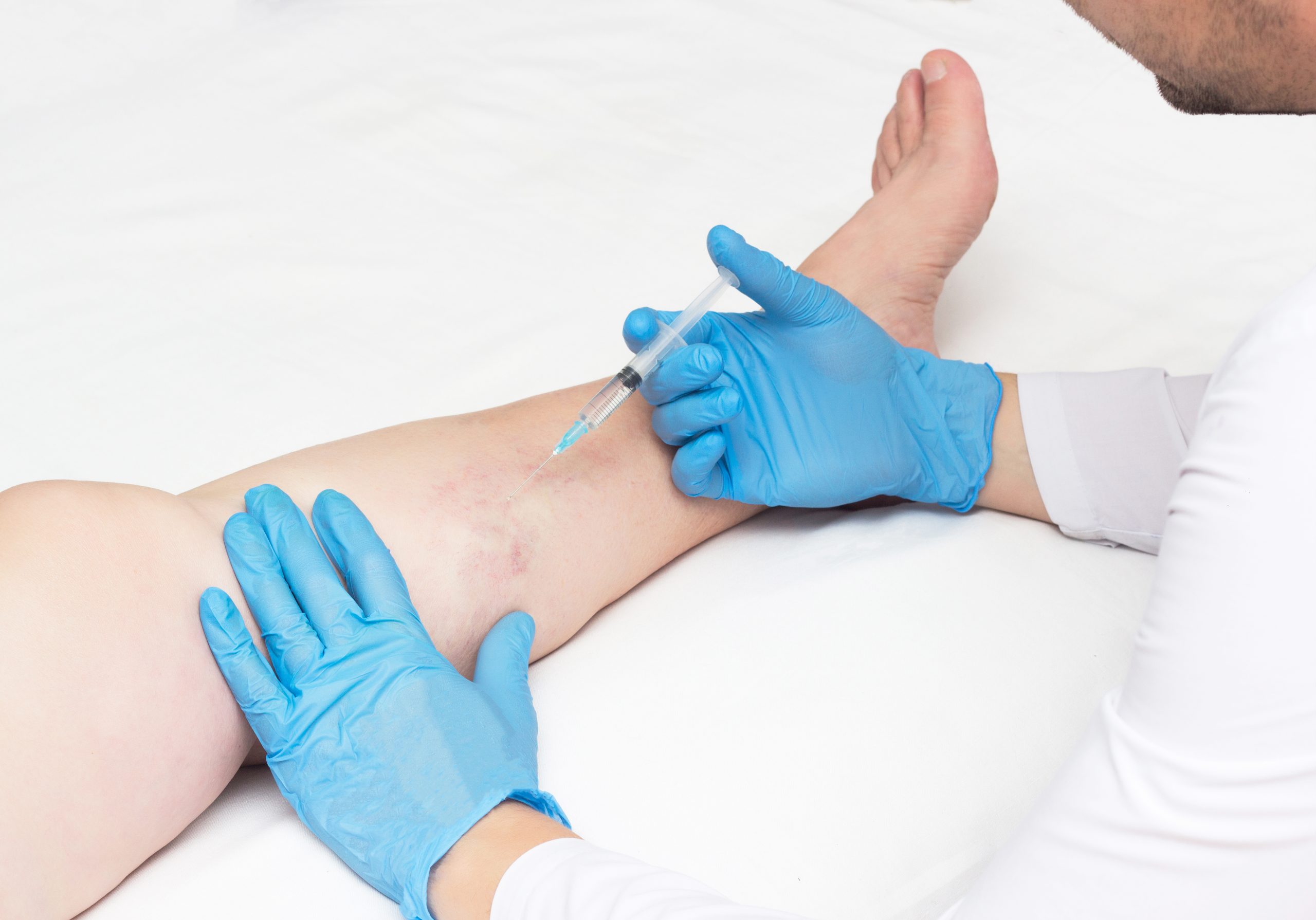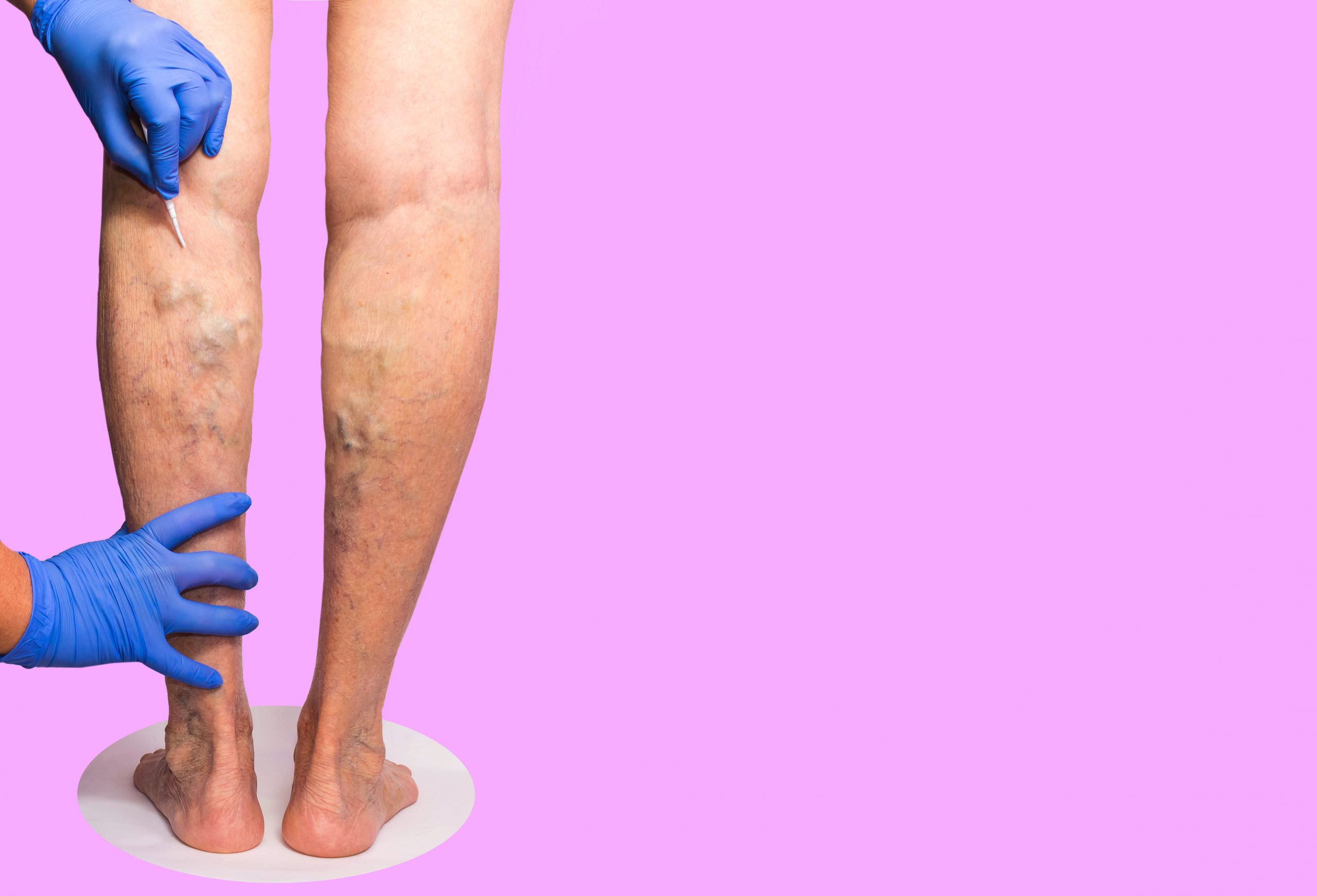The Longevity Of Spider Vein Extraction
Spider veins, those twisted, small blood vessels that occur near the outer skin, can be a cosmetic issue for many people. To address this concern, laser treatment has increased in popularity as a successful method for spider vein extraction. However, a general question appears: Do Spider Veins Come Back After Laser Treatment? This article will examine the longevity of spider vein extraction through laser surgery and shed light on the circumstances that can impact the longevity of spider veins.
Laser Treatment for Spider Vein Extraction
Laser surgery for spider veins is a non-intrusive procedure that aims at the filaments in the blood vessels, creating them to slowly fade out and crumple. During the surgery, a unique laser is applied to the impacted areas, emitting intense light power that is soaked by the blood vessels. This procedure leads to the disturbance of the aimed veins, which are later soaked by the body, enabling a reduction in the impression of spider veins.

What Are The Possibilities of Spider Vein Reappearance?
While laser treatment may offer long-lasting results and significant improvement, it does not ensure the permanent reduction of spider veins. Spider veins may possibly reappear timely due to different factors, including:
Genetics
The liability to developing spider veins may be inherited. Although prone to their recurrence after laser treatment may happen If spider veins run in your family.
Hormonal Transformations
Hormonal changes, such as those appearing during menopause or pregnancy, can contribute to the recurrence or growth of spider veins. These hormonal changes can impact the vein function and structure, making them more vulnerable to the formation and dilation of spider veins.
Lifestyle Factors
Specific lifestyle behaviours, like prolonged sitting or standing, lack of exercise, obesity, and sun exposure, can contribute to the recurrence of spider veins and affect vein health. It is essential to address these circumstances to minimize the threat of spider vein reoccurrence.

Basic Venous Inadecuacy
In some circumstances, spider veins may be a sign of underlying venous deficiency, a disease in which the veins bumble to efficiently replace blood to the heart. If the fundamental venous deficiency is not managed, new spider veins may grow even after laser therapy.
Summing Up
Laser treatment can give a significant advancement in the formation of spider veins, but it does not ensure permanent reduction. Spider veins can possibly return after laser surgery due to some circumstances, such as genetics, lifestyle habits, underlying venous insufficiency, and hormonal changes. However, by adopting a healthy lifestyle, continuing your healthcare provider's suggestion and asking about what is a vein doctor called, and considering a maintenance program, you can increase the longevity and effectiveness of laser surgery.
Consultation with an expertized healthcare professional is essential to understand your unique situation, decide the suitability of the method, and analyze potential threats or unintended effects. Remember, a level approach to spider vein extraction is key to maintaining and achieving desirable results.





